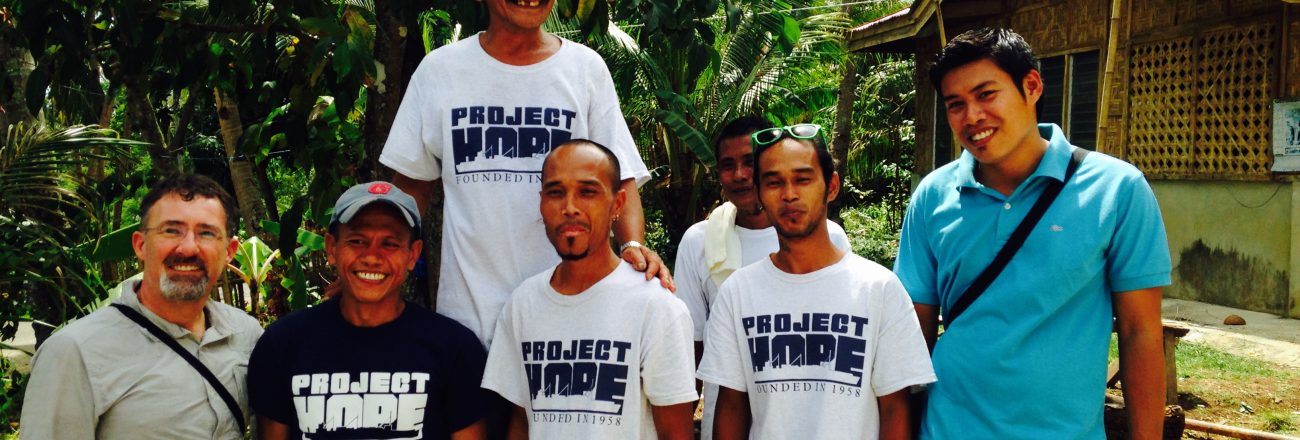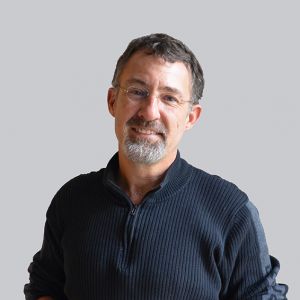Last Friday I was honored to participate in a delegation with Project Hope (PH) in the Camotes and Pilar Islands (Philippines). Dr. John P. Howe III, President and CEO of Project Hope, led the tour of five healthcare sites, celebrating the positive restoration with ribbon-cutting ceremonies.
A brief history of Project Hope.
Project Hope (Health Opportunities for People Everywhere) started in the late 50’s. President Eisenhower provided a hospital ship, SS Hope, the word’s first peacetime hospital ship. It was intended for volunteer medical professionals for delivering healthcare to disaster areas. For years, SS Hope and its volunteers sailed, providing these much needed services.
For many reasons (including the retirement of the Hope and a sister ship), Project Hope has been evolving. Now, the organization is focusing more on building local health system capacity than it is on simply providing emergency medical assistance. Traditionally, this work has focused on maternal health, diabetes programs, and other such healthcare efforts.
Seeing the impact and need for more.
When I first proposed to PH that we, Mazzetti, could provide healthcare capacity by helping them strengthen their facilities, I’m not entirely sure they believed it–they are doctors and nurses, after all. But last Friday, we spent all day listening to the mayors, the ministers of health, the local health providers in three clinics, and a school tell us that the renovations–the solar power systems and lights, and the water purification systems (powered by the solar power)–allowed them to provide much better medical services to their people than ever before. And they pleaded for more. Not for more doctors, but for more re-builds and more solar power and more clean water systems. And I think that it was clear that this Public Health intervention was incredibly impactful. Additionally, we had provided training for local people in carpentry, plumbing, and electrical skills. We helped purify the local air by eliminating the need for diesel emissions. All of that combined, make for a pretty powerful story.
“We’re engineers.”
The first time I went to Haiti for Project Hope, post 2010 Earthquake, I admit, I became somewhat depressed. Every time we, my colleague and I, arrived at a different hospital, local people would run up to us and ask, “What kind of doctors are you?”. We would say (the first time proudly, several times later, not so much), “We aren’t doctors. We’re engineers.” And they would all walk away disappointed.
One night, I was discussing this with one of the medical volunteers who was a psychologist. She listened to my pathetic story and told me to quit whining. She said that, in a few days, the medical staff would be forced to empty their hospital beds so they could take more incoming patients (this was right after the devastating 2010 Port au Prince earthquake). She said that these people were well enough to leave, but fearful of what they might return to, or lack there of. They had no more homes, no schools, no water, no electricity. She continues…
“Why don’t you quit complaining about what you can’t do… and start doing what you CAN do!”
Well, that was a wake up call to me, and I set about trying to find a way to do it. I realized in Haiti, and other parts of the world, engineering is a life-giving profession. And, last Friday’s trip was, in some ways, an answer to that psychologist. Yes.
Mazzetti is continuing to explore other opportunities to help develop health system capacity by creating safe, efficient, reliable sources of water and power for facilities around the world. We recently started a non-profit organization to help advance this work, particularly by crowd-sourcing it. Help us if you can – www.sextantfoundation.org.
Interested in what you see? Subscribe to receive monthly news and information
more tailored to what you need.

